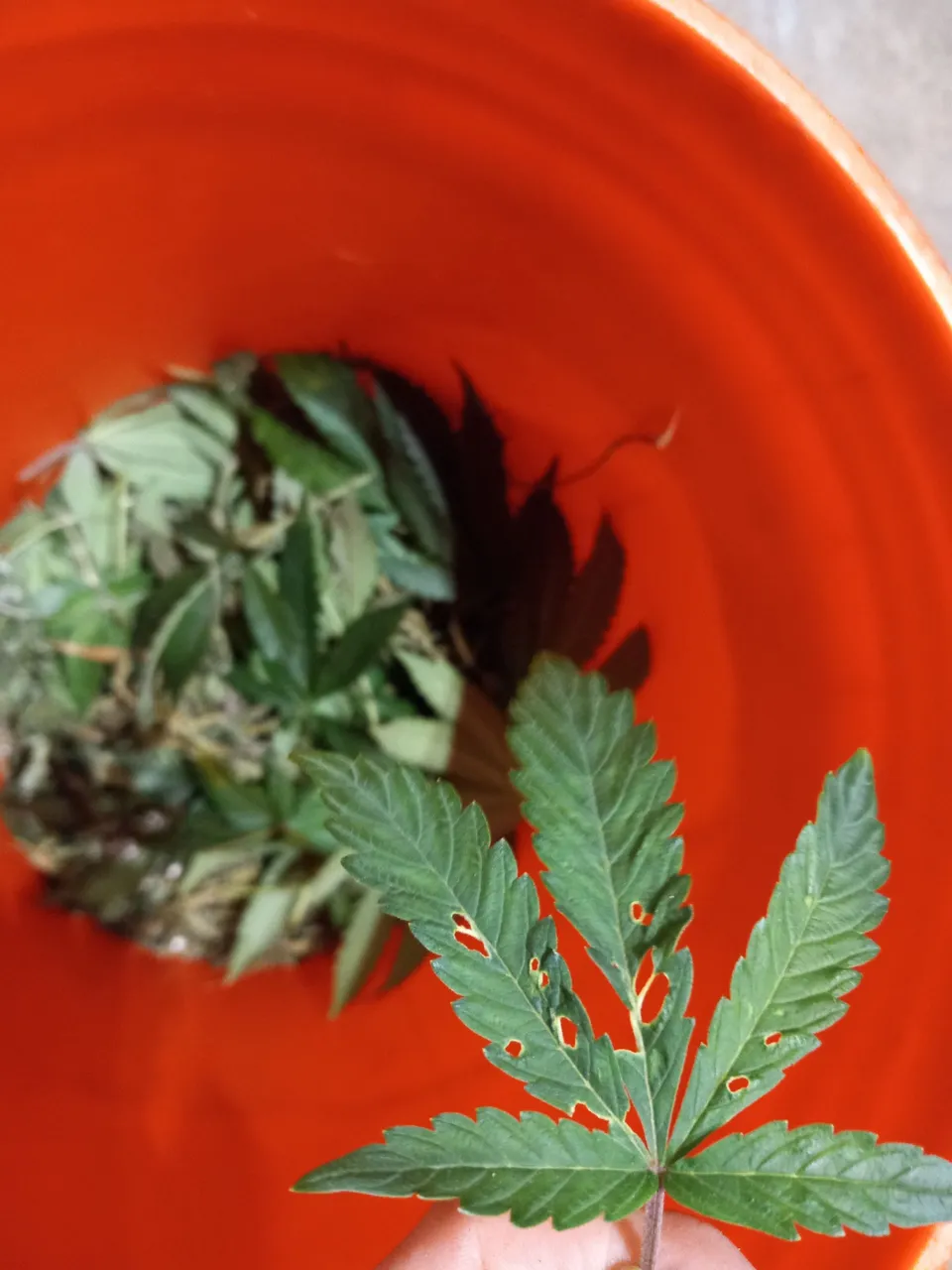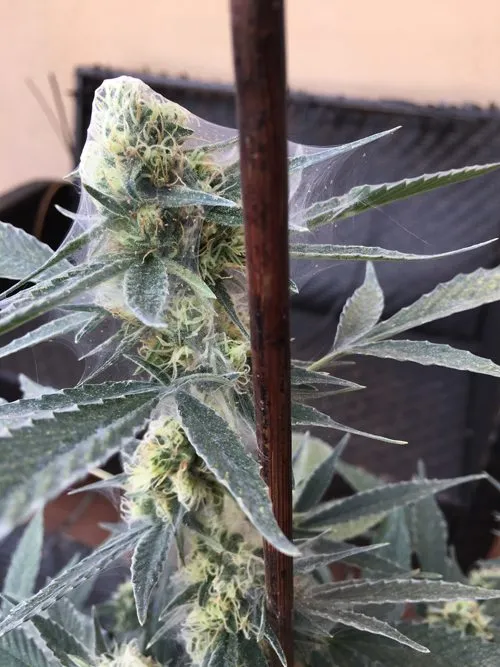There's no doubt about it - Spider mites are a visitor that no grower wants to invite into their garden.
The twospotted spider mite, which has two spots on it's back hence it's name, is the most common type of spider mite present on cannabis plants. Their spots make them easier to identify with a scope than other mites. These pests and their eggs can be found on the undersides of leaves of infected plants.
Due to a quick reproduction rate as well as a built up resistance to pest control methods, spider mite populations can sometimes be difficult to destroy. However, with early identification and treatment, on top of being mindful of cross contamination, it can be achieved.
Identification
It is important to identify and begin treating a spider mite infestation as early on as possible. Sometimes mistaken with a nutrient deficiency, it is a problem that many growers won't notice until it's nearly impossible not to. Check the tops and undersides of your leaves for damage. Many times this will appear as discolored areas on leaves, due to the chlorophyll being sucked out by the mites. Tiny spots could appear on leaves. You may notice small round sections of leaves missing, as shown in the photo below.

In bad cases, you will see webbing on plants. In really bad cases, it can stretch across entire buds, and ruin entire crops. I've dealt with this sort of infestation before and let me tell you, it is not a pretty sight.

image via Green Carpet Growing
The sooner you catch a spider mite infestation, the better off your garden will be. Frequent monitoring of any changes in your plants will help you to stay on top of potential problems.
Prevention
Quarantining plants from other grows that you plan to introduce into your own is crucial in efforts to stop the spread of any pests and disease. Until you are absolutely sure a plant is free from infection, it is best to keep it isolated from the rest of your garden.
There are organic methods of treating plants which I will go into more in my next post. Dipping clones you plan to move into the garden in a room temperature safer soap solution is a good way to ensure you're getting rid of any pests.
If you're visiting another garden, be sure not to cross contaminate your own via your clothing or hair. The same goes for bringing bugs in/out of the rooms or areas of your grow space. Maintaining a clean environment can also help prevent the spread of spider mites. Keeping all plant tissue removed from grow spaces is a good idea.
Using a handheld scope is a great way to keep an eye on exactly what's going on. As I mentioned previously, these pests can be easily identified by the distinct markings on their backs. Use this tool to your advantage when looking to identify mites and other unwanted creatures in the garden.
Thanks for reading! I'll be back with ways to treat and get rid of spider mites in my next post. I hope everyone is having a blessed May ♡ ~ @hempress
